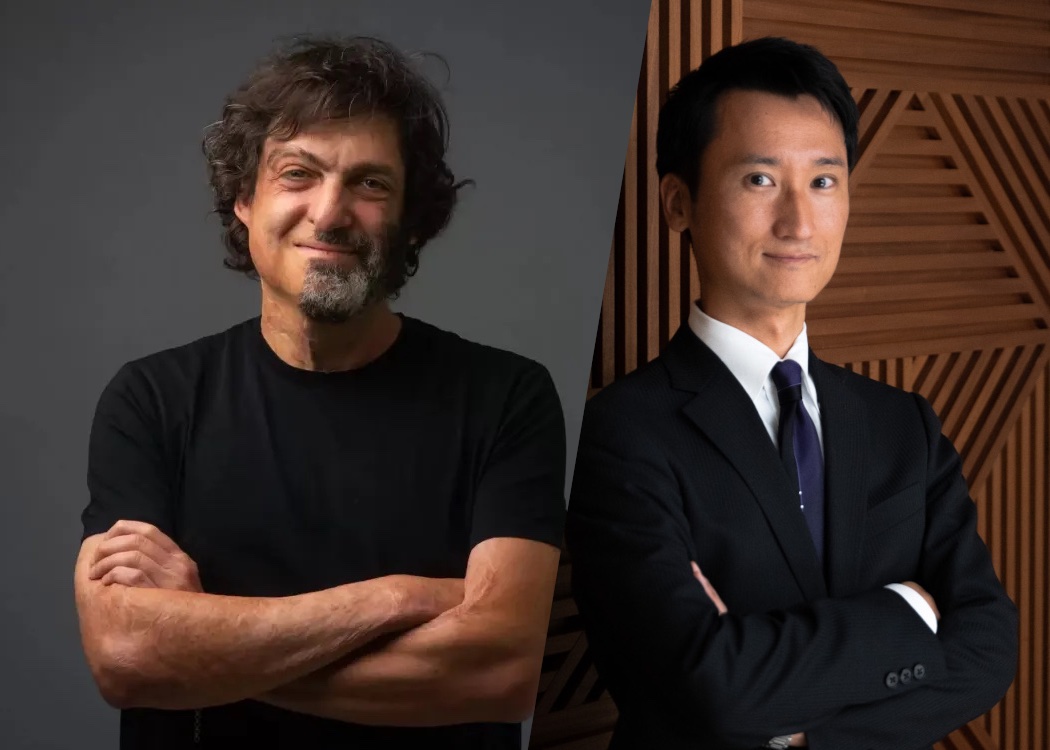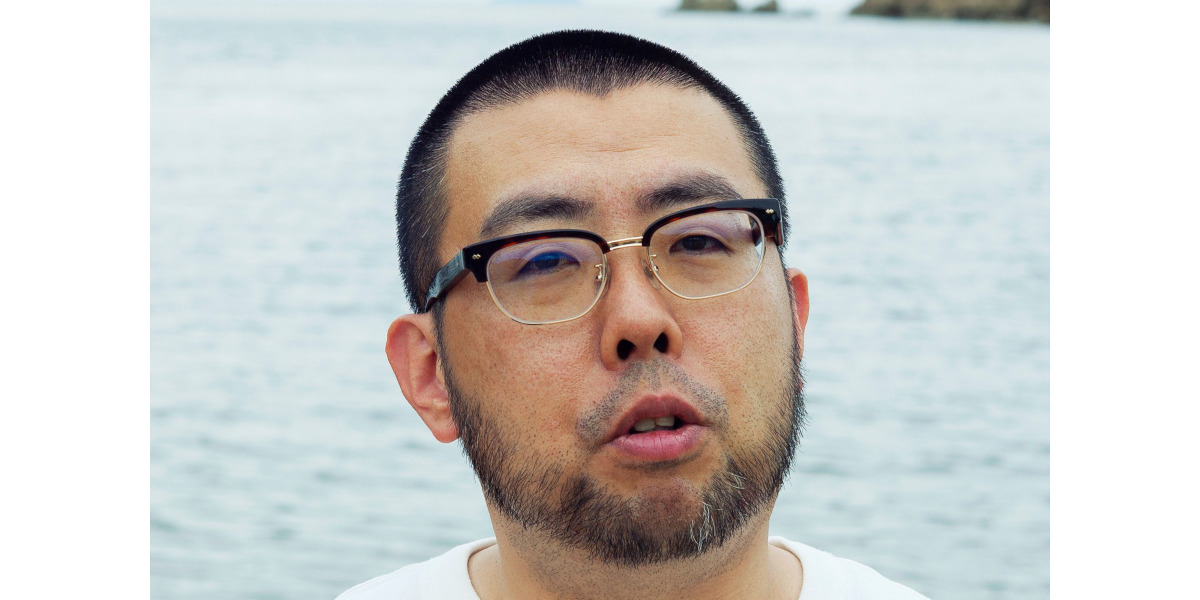Since the economic bubble burst in the early 1990s, Japan has endured what is often referred to as the “Lost 30 Years.” Many Japanese may have a deep-seated sentiment of disappointment about this stagnant economy.
However, if we shift our perspective, and rather than looking at what is stagnant we look at what is working in Japan, we can discover insights that can become guiding lights for our future business endeavors. We had the opportunity to speak with Dr. Ulrike Schaede, professor of Japanese business at the UC San Diego School of Global Policy and Strategy, who has conducted research on Japanese management and business and authored The Business Reinvention of Japan: How to Make Sense of the New Japan and Why It Matters And シン日本の経営:悲観ビアスを排す

Dr. Ulrike Schaede
Professor at UC San Diego
Dr. Ulrike Schaede is professor at the UC San Diego School of Global Policy and Strategy (GPS). Schaede’s research focuses on Japanese business organization, strategy and management. She has been invited as a visiting professor to Hitotsubashi University, as well as the research institutes of the Bank of Japan, Japan’s Ministry of Finance, Japan’s Ministry of Economy, Trade and Industry, and the Development Bank of Japan. She has also been a visiting professor at the UC Berkeley Haas School of Business, the Harvard Business School and Stanford University.
She is the author of “Shin Nihon no keiei: hikanteki baiasu o haisu” (2024, in Japanese only). Her 2020 book, “The Business Reinvention of Japan: How to Make Sense of the New Japan and Why It Matters,” won the 2021 Masayoshi Ohira Memorial Prize from Japan, as well as the 2021 U.S. Axiom Business Book Award (silver medal, “Economics”). It was translated into Japanese as “Saikō THE KAISHA” (2022). She is also the co-author of “Creating Ambidextrous Organizations: Exploration and Exploitation for Overcoming Inertia (2020) (in Japanese only).
The Japanese economy is not doing so badly if you change the perspective
Sato:
First of all, I would like to ask, for those who haven’t read your book yet, could you explain why the recent Japanese economy has been perceived negatively in society, often referred to as the “Lost decades”?
Dr. Schaede:
One of the reasons is that we frequently hear a negative story about Japan, and if you hear a story often enough you will eventually believe that it’s true. However, it’s important to keep in mind that this story was written from the perspective of American economists or journalists, whose assessment of the economy is based on GDP growth. In their view, the story is that, after the end of the bubble economy Japan fell apart, entered a period of 30 years of stagnation and now is no longer strong; this story is based mostly on data on GDP growth and labor productivity. It makes sense because GDP is such an important metric in the United States, where even presidential elections are decided based on GDP. However, I don’t think from the Japanese perspective, this is necessarily the correct story. It is certainly true that after the “bubble economy” of the late 1980s, there were 10 years of financial crisis and suffering. However, beginning in the early 21st century Japan’s leading companies started to change their corporate strategies to pivot into a new way of thinking about how to compete in the global economy. This transformation has now taken 20 years, and we are beginning to see the results.
Sato:
Transforming over 20 years seems somewhat slow to me. Is this timeframe normal for global standards as well?
Dr. Schaede:
It’s slow, but perhaps not as slow as some people think. It takes a lot of time to turn a large company around. For example, in the United States, in the late 1990s it took IBM 10 years to turn itself around. Today it’s taking Hitachi 20 years, which is twice as long. But we have to adjust for Japanese circumstances and preferences It is not that Japan is not capable of any faster change, but rather Japanese companies choose to take longer. One big reason is that the employment system. The decision to transform slowly is made by leaders at all levels, and it presents a tradeoff between slower change and social stability.
Sato:
Specifically, how is the employment system affecting strategic change?
Dr. Schaede:
For the last 20 years, Japan’s employment system has gradually changed. The Prime Minister Koizumi in 2003 started this shift, with a first revised Labor Standard Act in 2003. In 2019, this resulted in the “Work Style Reform Law”. What this means is that it took some 20 years for change to actually took place. This means, it took one generation to allow companies to aggressively reinvent, and this was done so that all Japanese were given time to realize and accept that lifetime employment is over and career change is a good thing. In addition to that, now we face the labor shortage, and this is a new catalyst because companies can “choose and focus”. They can now exit a business much more easily than before; for example, they no longer have to worry as much about the well-being of their employees because the job market is tight and for a job change is no longer taboo; many in Japan have begun to think of career change as a valid option. The point is that slow-paced change is the price that Japanese society pays for stability.
Sato:
I see, that fast change comes with some kind of negative byproduct and therefore Japan has chosen to change slowly. Is there any disadvantage for a slow change?
Dr. Schaede:
There’s a price for whatever you choose. You cannot have it all, there is always a tradeoff. Sure, fast change is exciting and shiny, like Silicon Valley. However, there is a cost to that speed, namely unemployment, social instability, unstable politics,, and so forth. As we all know, America is hurting in these ways right now. On the other hand, Japan is rather stable, and the price for that is 20 years of basically no economic growth. That’s the price Japanese leaders, politicians, businesspeople, and everybody seems to have agreed upon. Slow is a choice,.
Sato:
Despite the price Japan has been paying, which is slow growth, why do you keep holding a positive view of the recent Japanese economy?
Dr. Schaede:
Because slow is not stagnant. I understand that for people who live in Japan, especially for young people, slow is discouraging. You might say, “Why can’t this not change any faster?” However, for someone like me who come to Japan twice to three times a year, I definitely see change. I can see the changes in corporate governance and how companies are much more concerned about transparency and profitability. I can see the changes in leaders, and CEOs of companies and how they manage their companies. I can see the changes in how people work, and now career change has become common. Japan is not stagnant. It’s just changing at its own pace.
“Mainoumi Strategy” is the key to future growth for Japanese companies
Sato:
It might not seem so at first sight, but Japan is still changing at its speed, then. Could you introduce some companies that have been leading Japanese economies and the reasons behind their success, as a model that aspiring entrepreneurs should aim for.
Dr. Schaede:
In my research, I focus on leading companies because I think we cannot learn much from failing companies, but we can learn a lot from Japan’s leading companies that have been able to transform even in this environment of slow, deliberate change. These firms include basically all the companies in the JPX 400. Some that I have studied a are AGC (the former Asahi Glass), Hitachi, and NEC. And, I have especially looked at companies that are following what I call the Mainoumi strategy.
Sato:
Mainoumi? Are you referring to the sumo fighter who once thrived in Japanese professional sumo in the 1980s?
Dr. Schaede:
Yes, that Mainoumi. He became known as the “department store of techniques” because he had managed 37 separate techniques. Some of you might be too young to remember, but during the bubble period and a little bit after, in sumo, there were these two really huge guys like Konishiki and Akebono (famous sumo fighters, both from Hawaii, U.S.). They weighed something like 300 to 350 kilograms, and were about 2 meters tall. But my favorite sumo fighter at the time was Mainoumi. He was rather skinny compared to other sumo fighters, with 172 centimeters and about 100 kilograms. And he sometimes defeated these huge and buff fighters by employing a “department store of techniques”. I think it’s a great example of what is necessary for Japanese companies today. There is nothing wrong with size – large companies have advantages in size is great because it’s assets, money, and power. However, being large alone no longer means being competitive. Today, to win in the global economy, companies have to be agile, and they need a variety of techniques just like Mainoumi.
Sato:
When you mention techniques, what exactly do you mean by that?
Dr. Schaede:
Techniques here refer to innovative technologies, new strategies, and high-level adaptability. Hitachi, for instance, is currently doing a Mainoumi strategy. Some 10 years ago, Hitachi had over 10 businesses, with $120 billion in sales. Now they are becoming a something smaller company, maybe of $80 billion company. Some people bemoan this as shrinking, but I think it is a very smart strategic move. While being large is nice for sure, butwhat is much more important than size about Hitachi is that they’re becoming more innovative and adding techniques. That’s the strategy Japanese companies have to employ to compete in the global economy.
Sato:
Right, I can see how Mainoumi strategy is a good way to go for Japanese companies.
Dr. Schaede:
And I just wanted to clarify that Mainoumi strategy is an overall strategy for everybody, regardless of the size of the companies. Large companies such as Hitachi, AGC, and NEC are pursuing a Mainoumi strategy, and they are also somewhat lesser known companies which are 5 billion to $10 billion in sales. Those would be, for example, TOK and JSR which make chemical materials and semiconductor production, and Nitto Denko which is a materials company. There are companies like Keyence, which develops and manufactures equipment and is famous for its laser technology, and they are the king of the technology. Fanuc Corporation is the world’s leading robotic maker. There are some of Japan’s automotive parts companies like Denso. And Nabtesco, which makes the safety barriers in the subway, I don’t think many of you have heard of their names before, but these are all very successful. In other words, the “Mainoumi” strategy is pursued by many companies, large or small. What they have in common is that they are all making a pivot into being technology leaders by exercising a “department store of techniques ” strategy.
Japan is undergoing big changes and there are great opportunities for business out there
Sato:
Thank you. And finally, could you share a message with the readers such as entrepreneurs or students?
Dr. Schaede:
This is a great time to be an entrepreneur or a young person in Japan. The ongoing transformation is beginning to pick up speed, and everything is possible. If I could have a choice, I would want to be a young person in Japan at this time. The labor shortage is increasing the bargaining power of employees, who can now get pretty much what they want. Large companies are competing for talent, so they are introducing new and innovative systems such as “innovation sabbaticals” and other great things that young workers ask for. Furthermore, the economy overall is doing exceedingly well at a time when other countries are struggling. So, this is a big opportunity for Japan and for young Japanese companies and young Japanese people to make a difference.
( Interviewer: Naoto Sato )









